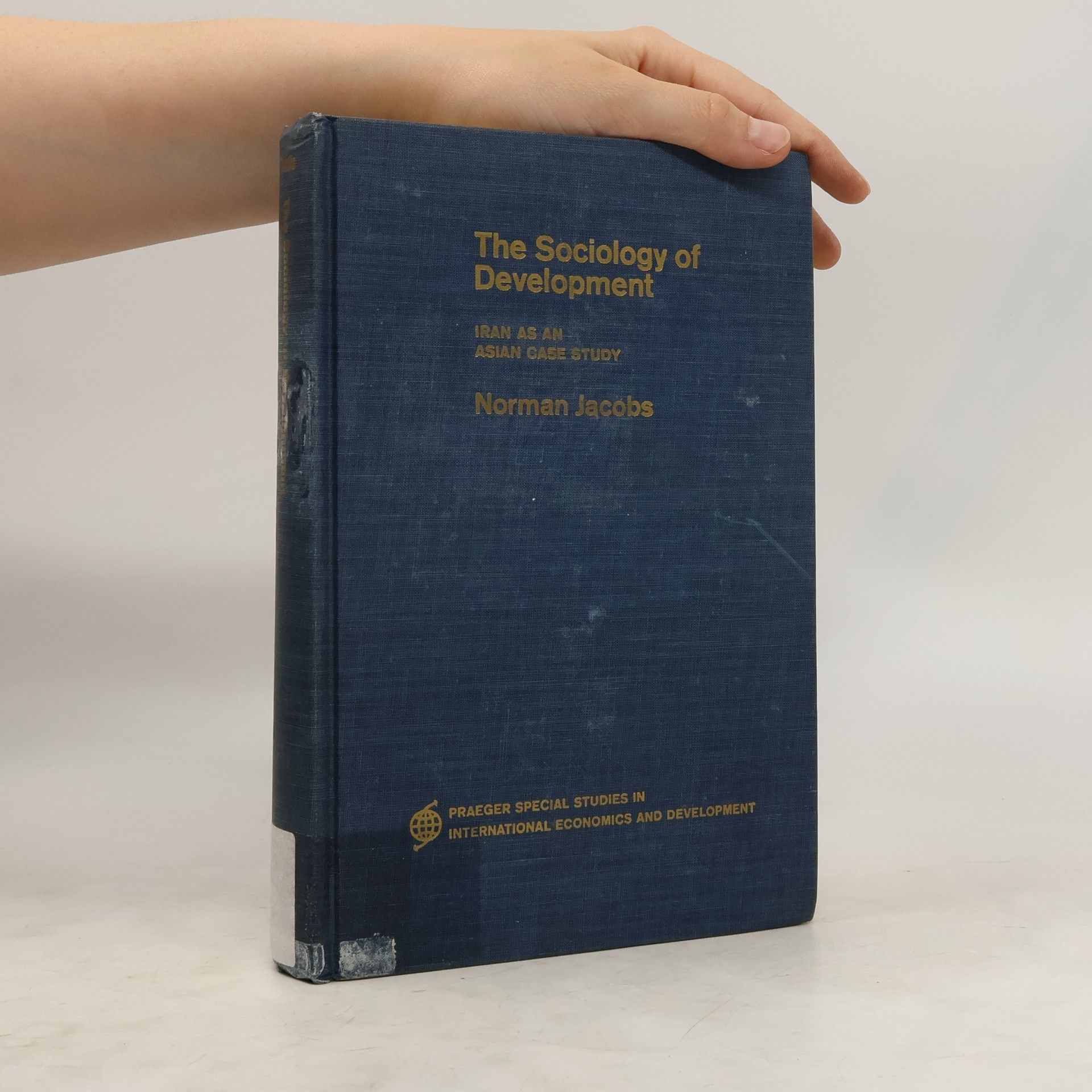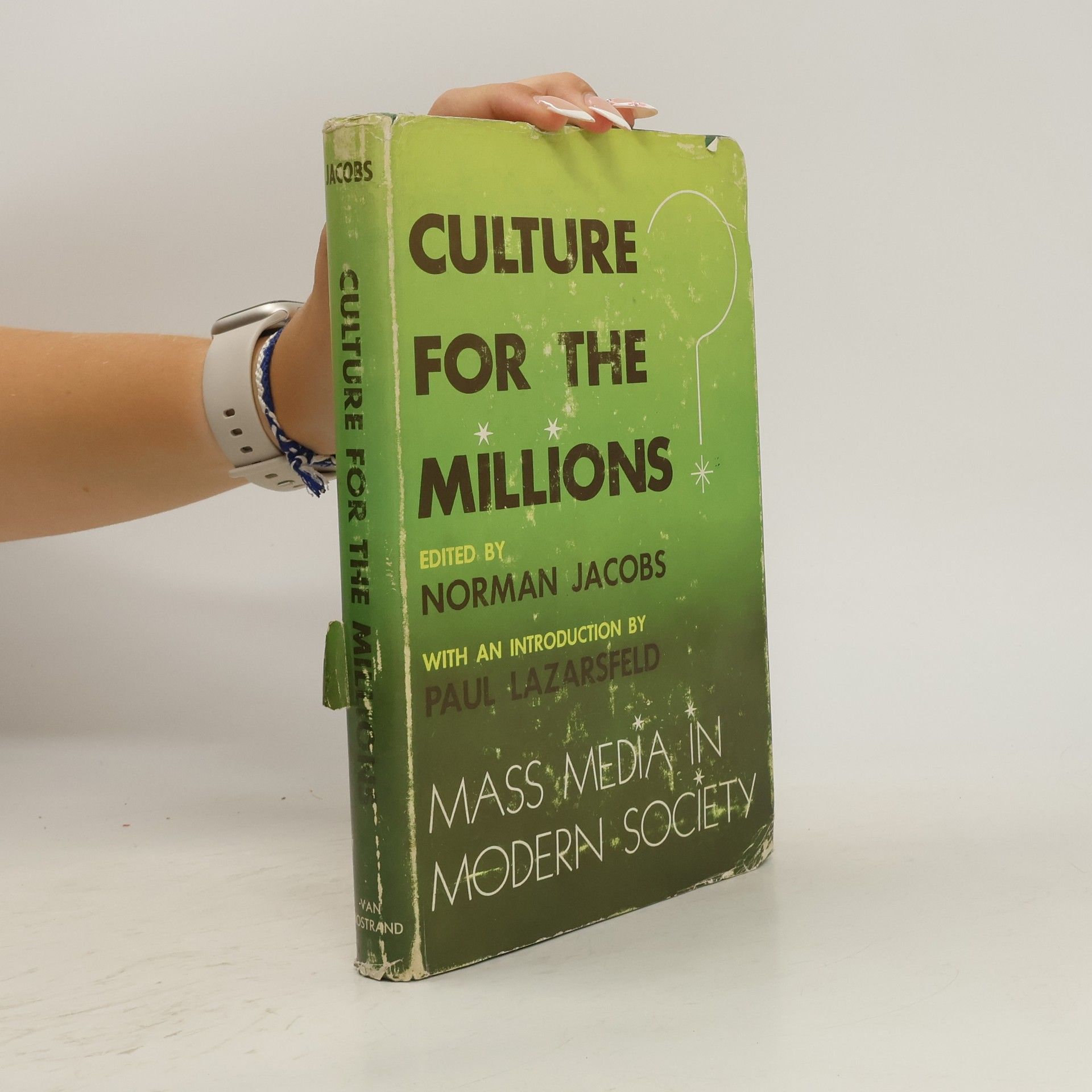In 1926 two men, Fred Mockford and Cecil Smith, operating as London Motor Sports Ltd, introduced speedway racing to Crystal Palace.
Norman Jacobs Libros



The Sociology of Development
Iran as an Asian Case Study



In 1926 two men, Fred Mockford and Cecil Smith, operating as London Motor Sports Ltd, introduced speedway racing to Crystal Palace.
Iran as an Asian Case Study